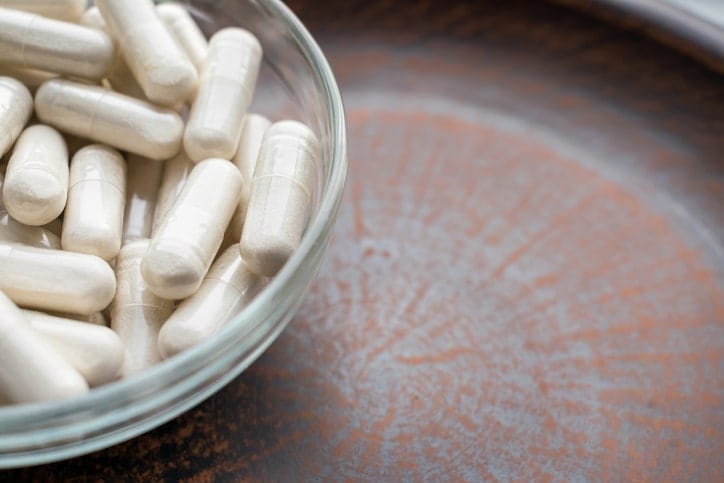 The opioid epidemic has been ravishing through the United State of America since the 1990’s and it has been worsening over the years. According to statistics from the Center for Disease Control, the number of individuals who have died from opioid overdose since 1999 has nearly quadrupled and in 2014, the most recent year for which statistics are available, more than 28,000 individuals died from opioid overdose and more than half of these numbers were from prescription opioids such as oxycodone, hydrocodone, codeine, fentanyl, and morphine. The opioid crisis in America has continued to magnify. Opioid prescriptions have skyrocketed and approximately 80% of new heroin users became hooked after beginning to take opioid prescription pain medications for nonmedical reasons. Opioid prescriptions are being sold on the black market, stolen from doctors’ offices and even sold by doctors for a large fee. According to studies, it is the misuse of prescription opioids that results in addiction. If individuals use them as directed, they have a very low chance of developing an addiction. However, everyday more than 130 individuals in the United States die after overdosing on opioids. New Hampshire and West Virginia saw the biggest drops in life expectancy, of more than a year, due to opioid deaths. Montana and Oregon were the only states to see a decline in opioid deaths from 1999 to 2016.
The opioid epidemic has been ravishing through the United State of America since the 1990’s and it has been worsening over the years. According to statistics from the Center for Disease Control, the number of individuals who have died from opioid overdose since 1999 has nearly quadrupled and in 2014, the most recent year for which statistics are available, more than 28,000 individuals died from opioid overdose and more than half of these numbers were from prescription opioids such as oxycodone, hydrocodone, codeine, fentanyl, and morphine. The opioid crisis in America has continued to magnify. Opioid prescriptions have skyrocketed and approximately 80% of new heroin users became hooked after beginning to take opioid prescription pain medications for nonmedical reasons. Opioid prescriptions are being sold on the black market, stolen from doctors’ offices and even sold by doctors for a large fee. According to studies, it is the misuse of prescription opioids that results in addiction. If individuals use them as directed, they have a very low chance of developing an addiction. However, everyday more than 130 individuals in the United States die after overdosing on opioids. New Hampshire and West Virginia saw the biggest drops in life expectancy, of more than a year, due to opioid deaths. Montana and Oregon were the only states to see a decline in opioid deaths from 1999 to 2016.
- Roughly 21 to 29 percent of patients prescribed opioids for chronic pain misuse them
- Between 8 and 12 percent develop an opioid use disorder.
- An estimated 4 to 6 percent who misuse prescription opioids transition to heroin
- About 80 percent of people who use heroin first misused prescription opioids.
- Opioid overdoses increased 30 percent from July 2016 through September 2017 in 52 areas in 45 states.
- The Midwestern region saw opioid overdoses increase 70 percent from July 2016 through September 2017.
- Opioid overdoses in large cities increase by 54 percent in 16 states.
Opioid crisis and neonatal abstinence syndrome
The opioid crisis in the United States began in the 1990s with the pharmaceutical industry reassuring physicians that prescription opioids were neither addictive nor dangerous then continued into the 2000’s with opioids such as heroin being sold on the street and then the epidemic further worsening with the discovery of synthetic opioids such as fentanyl. This opioid crisis not only affects adults but plays a vital role in the pediatric population, in particular in newborn babies who are born to pregnant, addicted mothers. Every 25 minutes a baby is born suffering from opioid withdrawal. Thirty-nine percent of pregnant women who have Medicaid between the ages of 15 and 44 filled opioid prescriptions from 2008 to 2012, and 28 percent of all pregnant women with private insurance within the same age range filled opioid prescriptions from 2008 to 2012. Babies who are born to opioid addictive mothers often must be weaned off opioids under medical supervision in the neonatal intensive care unit because they are born addicted to opioids through their mother’s placenta. Neonatal abstinence syndrome is known to affect the baby’s brain and can have altering effects on their developmental milestones throughout their early childhood years.
Taking control of the opioid epidemic by saving lives
States, counties, and cities are coming together to pass legislation in order to help save lives that would otherwise be taken from opioid addiction. Many communities have adopted a naloxone program where this antidote is given out to anyone who is affected by the opioid epidemic as a means to save a life, if possible. Naloxone works immediately to reverse the signs of opioid overdose and can save a life in a matter of minutes. In many cities, Naloxone is given out to first responders and bystanders as a first-line defense against the opioid epidemic. Medication-assisted treatment facilities have been opening up more rampantly around the country in an effort to provide safe and effective treatment for individuals who are struggling with opioid abuse. Medication-assisted treatment offers individuals opioid-like medications to help ease their withdrawal side effects associated with opioid abuse. MAT has been shown to be effective and has helped weaned individuals off of life-threatening illegal opioids such as heroin. The third way that states and local communities are coming together to fight against the opioid epidemic is through advocacy and education. Legislature is being passed that helps educated individuals on the effects of opioids and in doing so, reduces the stigma associated with opioid abuse. Education starts with cautious prescribing, school drug prevention classes, and prison drug rehabilitation programs. We need to make treatment at least as accessible, available and affordable as heroin, as it shouldn’t be harder to get help than it is to get heroin.
